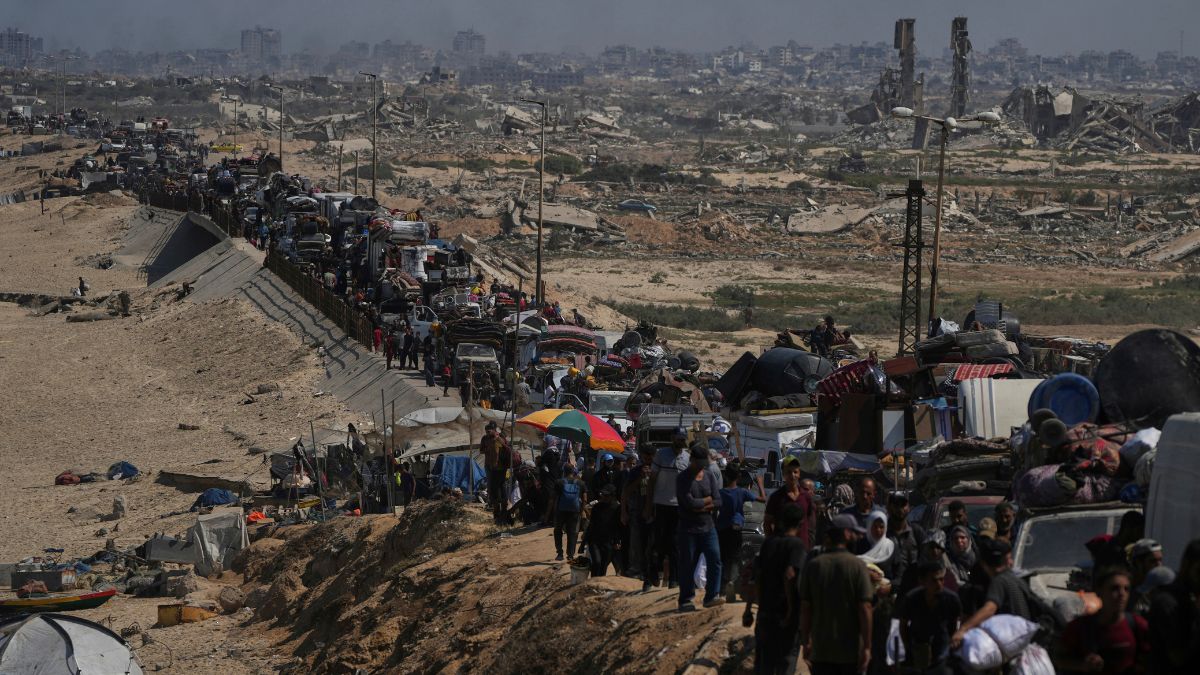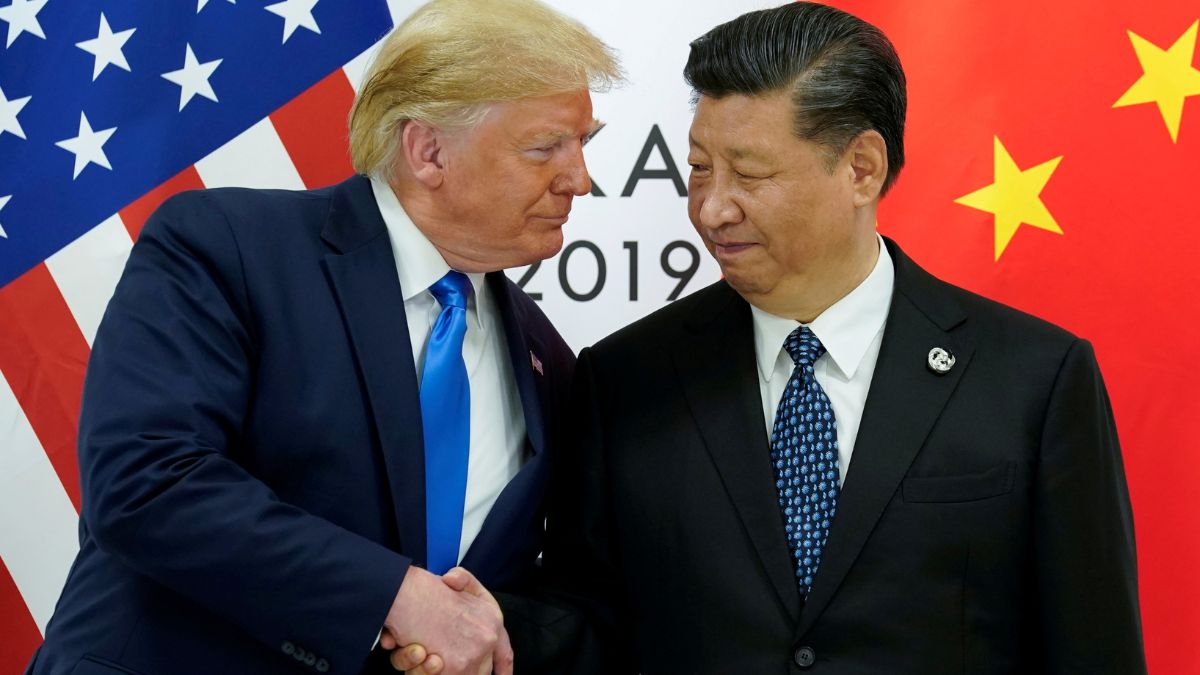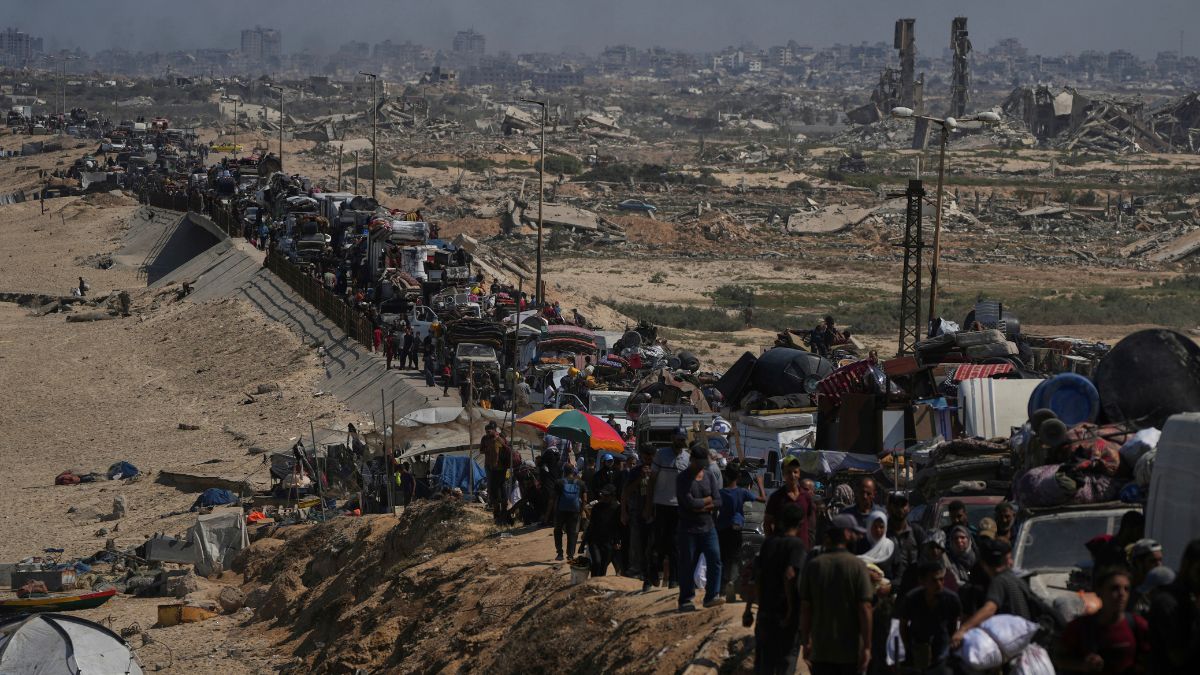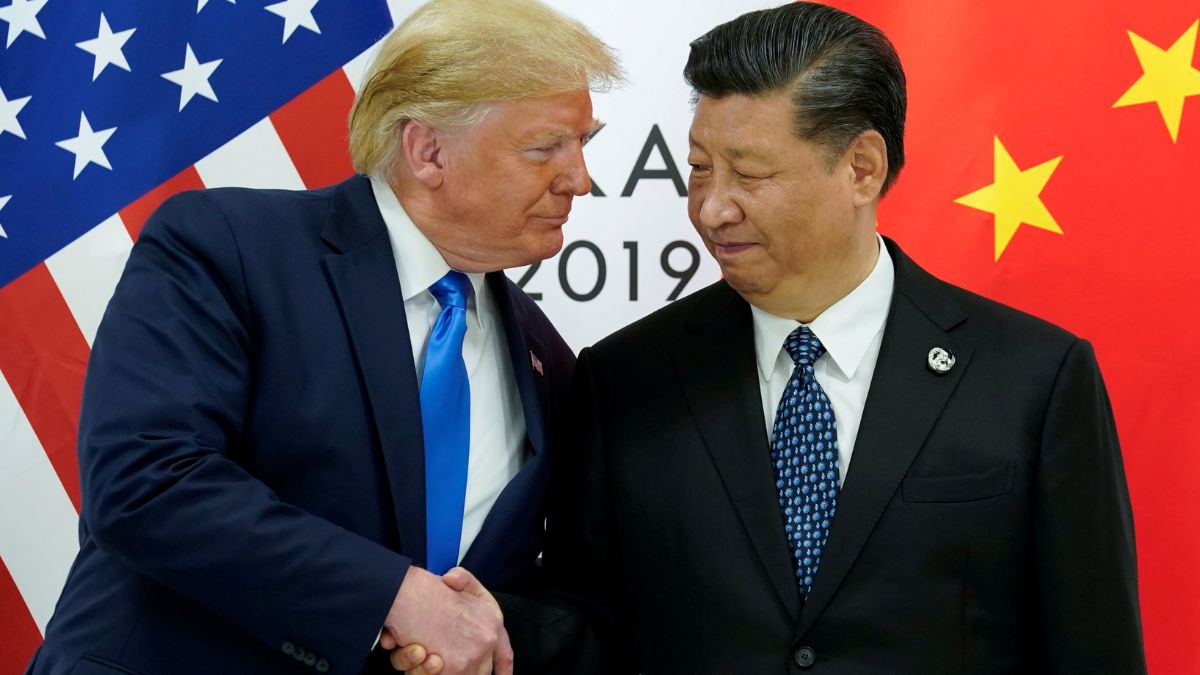Seven years ago, on this day, October 2, a US-based Saudi Arabia journalist died. What made journalist’s demise even more shocking was that it appeared after he walked into the Saudi consulate in Istanbul, never to be seen ever again.
In the months that followed, conflicting narratives emerged over how Jamal Khashoggi died, what happened to his remains, and who was responsible.
This day is also remembered across the world for the birth of India’s freedom fighter Mohandas Karamchand Gandhi, who later came to be known as Mahatma Gandhi.
In our ongoing series, History Today, we take a closer look at these events that shaped the course of our world.
Death of Saudi dissident journalist Jamal Khashoggi
The death of Jamal Khashoggi continues to evoke shock across the world. The 59-year-old journalist was close to the Saudi royal family and also served as an adviser to the government. However, he fell out of favour and went into self-imposed exile in the US in 2017.
Following his exile, the Washington Post journalist became critical of the policies of Crown Prince Mohammed bin Salman, the son of King Salman and Saudi Arabia’s de facto ruler. In fact, in his first column for the Post in September 2017, Khashoggi said he had feared being arrested in an apparent crackdown on dissent overseen by the prince.
But no one, not even him, could ever imagine what came next. In September 2018, he first visited the Saudi consulate in Istanbul to obtain a Saudi document stating that he was divorced, so that he could marry his Turkish fiancée, Hatice Cengiz.
But he was told he would have to return to pick up the document and arranged to come back on October 2. On that fateful day, Cengiz accompanied him to the entrance of the consulate where he was last seen on CCTV footage entering the building at 13:14 local time.
After waiting for 10 hours, she left the building and when she returned the next day to the consulate, Khashoggi had not reappeared.
In the initial days, Saudi Arabia consistently denied any knowledge of Khashoggi’s fate. But in a change of tune on October 20, the Saudi government said a preliminary investigation by prosecutors had concluded that the journalist died during a “fight” after resisting attempts to return him to Saudi Arabia. Later, a Saudi official attributed the death to a chokehold.
Impact Shorts
More ShortsIn 2019, a report released by Agnes Callamard, UN’s special rapporteur, concluded that Khashoggi’s death “constituted an extrajudicial killing for which the state of the Kingdom of Saudi Arabia is responsible”.
She also found there was “credible evidence” to warrant an investigation into Prince Mohammed and other high-level Saudi officials, and said the prince should be subject to the targeted sanctions already imposed by some UN member states against other named individuals allegedly involved in the killing.
Transcripts also revealed the gruesome last moments of Khashoggi before he was killed by Saudi agents inside the kingdom’s consulate in Istanbul, Turkey. The conversations show the 15-member team of Saudi officials discussing what to do with Khashoggi’s body before he arrived at the consulate.
Notably, even today, Khashoggi’s remains are yet to be discovered. But his last words to have ever been uttered were, “I have asthma. Do not do it, you will suffocate me.”
Trump contracts Covid-19
On October 2, 2020, then US President Donald Trump and First Lady Melania Trump tested positive for coronavirus, bringing his already chaotic election campaign to a virtual standstill.
Later that day he is moved to Walter Reed military hospital in Bethseda, Maryland where he receives an infusion of medicines, including an experimental antibody drug developed by Regeneron Pharmaceuticals Inc.
Two days later, he shocked the world. On October 4, he temporarily left the hospital in a motorcade to wave at supporters, a move criticised by some for putting Secret Service agents driving his vehicle at risk.
He then returned to the White House after a three-night hospital stay. He tells Americans “to get out there” and not fear Covid-19 and removes his white surgical mask to pose for pictures.
Trump’s contraction of Covid-19 and his handling of his own diagnosis was criticised by many health experts in and around the US.
Peanuts, the cartoon is published for the first time
Who doesn’t leave Peanuts, the most popular and influential in the history of comic strips? Interestingly, this cartoon, written and illustrated by Charles M Schulz, first debuted on October 2, 1950, and ran in seven newspapers.
It featured the cast of children led by Charlie Brown, Schulz’s alter ego in the strip. On the surface, Peanuts did not differ radically from other newspaper comics of its era: the four-panel daily strips featured a simple, almost spare, artistic style and routinely concluded with a joke of some kind, often at Charlie Brown’s expense. The strength of Peanuts lay in the depth of its characters and in Schulz’s ability to connect with his readers through them.
At the time of Schulz’s death in 2000, Peanuts ran in over 2,600 newspapers, with a readership of roughly 355 million across 75 countries, and had been translated into 21 languages.
This Day, That Year
1869: Mohandas Karamchand Gandhi, major Indian Political leader and freedom fighter, was born.
1958: Guinea declared its independence from France.


)

)
)
)
)
)
)
)
)



